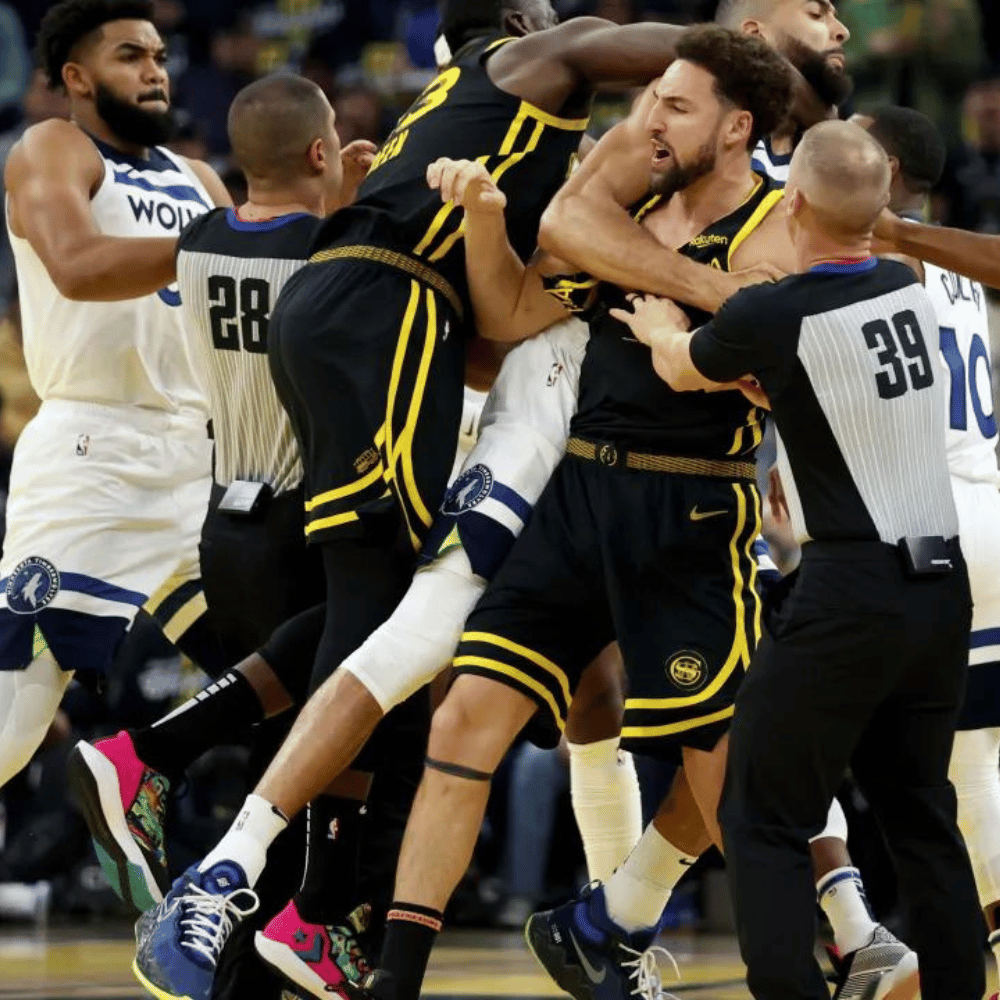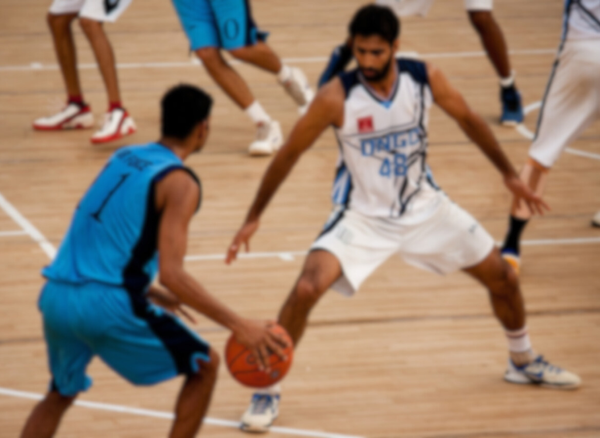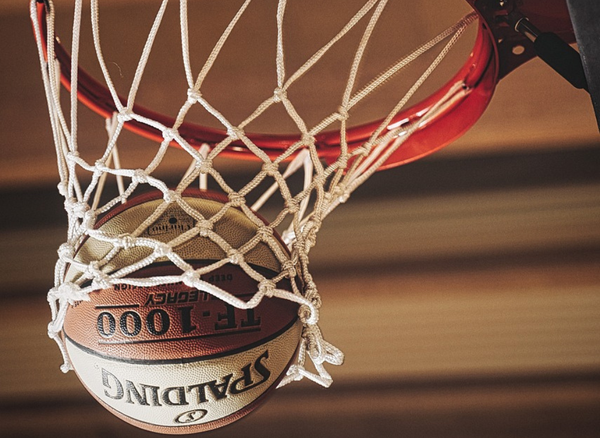Basketball is a game of grace, skill, and sometimes, a smackdown when a player decides to go full Hulk on an opponent. That's where the term flagrant foul comes into play, and it's as dramatic as it sounds. But what exactly is a flagrant foul, and why does it make players and fans alike gasp in horror? Let's dive into the nitty-gritty of this unsportsmanlike no-no.
What's a Flagrant Foul in Basketball?
A flagrant foul is a serious violation in basketball where the player uses excessive force or shows reckless disregard for the safety of their opponent. It can result in an immediate ejection from the game and possibly further punishment from the league.
Flagrant fouls happen when a player decides to give another player a not-so-loving embrace that sends them flying across the court. It's the kind of foul that referees conduct an investigation on. We're talking about excessive contact committed with an intent that's interpreted to be unnecessary or even violent. It's the kind of move that makes you say, "Ouch," and the refs say, "You can't do that!"
The Two Flavors of Flagrant
Flagrant fouls come in 2 deliciously devious varieties: Flagrant 1 and Flagrant 2.
A Flagrant 1 is like a jalapeño – spicy but manageable. It involves unnecessary contact committed by a player against an opponent. The offended player gets two free throws, and their team retains possession of the ball.
A Flagrant 2, on the other hand, is like a ghost pepper – too hot to handle. This includes any contact that's both unnecessary and excessive, leading to the player committing the foul being ejected from the game. Talk about a spicy exit!

Aftermath of a Flagrant Foul
So your favorite player just committed a flagrant 1 foul. What's next? Besides the collective gasp from the crowd, the opposing team gets two free throws and the ball. It's like a mini jackpot for them, courtesy of your team's momentary lapse in judgment. And if the player is really in the mood to make a statement and commits a second flagrant in the same game, they're shown the exit. That's right, two fouls, and it's a wrap – thus ejection!
Referees and Their Replay Toys
When a flagrant foul call is on the table, the referees turn into detectives and initiate instant replay to make the final ruling. They'll look at every angle, debate with each other, and sometimes even squint really hard to determine if the foul meets the criteria for the type of foul. It's like watching a group of friends trying to decide where to eat – it takes forever, but eventually, they'll come to a decision.
The Ripple Effect of Flagrant Fouls
Flagrant fouls carry more than just immediate penalties; they can haunt a player for a while. Accumulating flagrant foul points throughout the season can lead to suspensions. It's like a loyalty program no player wants to be a part of. Rack up enough points, and you get a free vacation, courtesy of the league. And by vacation, I mean you're forced to sit out a game or two.
Don't Get It Twisted: Flagrant vs. Technical
Now, don't confuse a flagrant foul with a technical foul. A technical foul is like getting a yellow card in soccer for unsportsmanlike acts, like arguing with the refs or trying to start a dance battle mid-game. A flagrant foul is more about the physical no-nos. And while you can get away with a single free throw for a technical, flagrant fouls are like a combo meal of penalties.
Unfortunate Personal Foul Counter
Personal fouls are like collecting stamps on a "get out of the game" card. Each player has a limit per game, and flagrant fouls count as personal fouls too. So if a player is already in foul trouble and then commits a flagrant, they might as well wave goodbye to their teammates because they're heading out of the game.
Flagrant Foul FAQs
Please look through our most frequently asked questions section to learn more:
What happens if a player commits a flagrant foul?
If a player commits a flagrant foul, the opposing team is awarded two free throws and possession of the ball. If it's a Flagrant 2, the player is also ejected from the game.
Can a flagrant foul affect a player beyond the game?
Yes, accumulating flagrant foul points can lead to suspensions in future games.
How do referees decide if a foul is flagrant?
Referees will initiate instant replay to review the play from various angles and determine if the contact was unnecessary or excessive, thus making a final ruling on whether it's a flagrant foul.
How many flagrant fouls before ejection?
According to the official rules of the National Basketball Association (NBA), a player is ejected from a game after committing two flagrant fouls. A flagrant foul is defined as: “unnecessary contact committed by a player against an opponent”. The first flagrant foul results in a personal and team foul, while the second one leads to an automatic ejection. It is important for players to be mindful of their physicality on the court and avoid excessive or dangerous fouls to prevent being ejected from the game.
Is a flagrant foul a technical foul?
A flagrant foul and a technical foul are two distinct types of fouls in basketball. While both result in the awarding of free throws to the opposing team, a flagrant foul is considered more severe and intentional. It can also result in ejection from the game. Therefore, while they may seem similar, a flagrant foul and a technical foul have different consequences for players on the court.
Summary
A flagrant foul is the basketball equivalent of a party foul, but with more serious consequences. It's a major no-no that can lead to free throws, possession of the ball, and even ejection from the game. Remember, there are two types of flagrant fouls, each with its own level of "ouch" and penalties. So whether you're a player or a fan, keep your eyes peeled for those dramatic moments when a flagrant foul might just change the course of the game.









